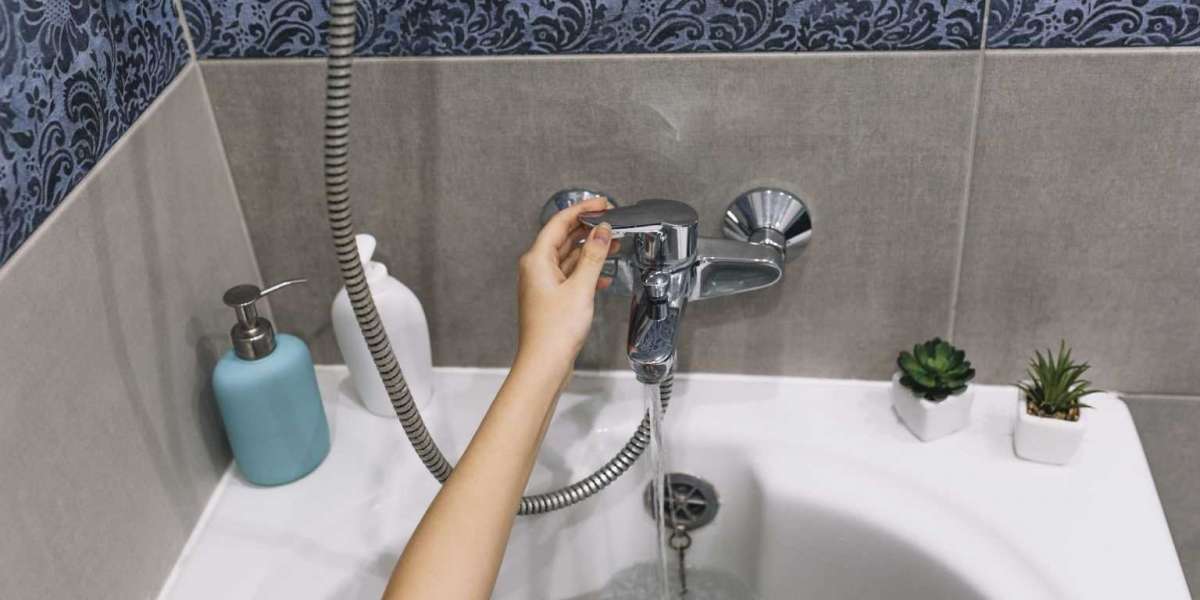That frustrating moment when the bathwater refuses to drain, leaving behind a murky residue, is a common household woe. Often, the culprit is a build up of hair, soap scum, and other debris tangled around your bath drain stopper removal. While it might seem like a daunting task, removing and cleaning the stopper is usually a straightforward process. This guide will walk you through the various types of stoppers and how to tackle their removal, helping you restore your bath to its former, free flowing glory.
Identifying Your Stopper Type: The First Step to Freedom
Before you can even think about removal, you need to figure out what kind of stopper you're dealing with. Different designs require different approaches. Here are some of the most common types you'll encounter:
Lift and Turn Stoppers: A Simple Twist of Fate
These are easily recognizable by a small knob or lever located directly on the stopper. To operate, you typically lift the knob slightly and then turn it to either lock or unlock the drain.
Push Pull Stoppers: A Gentle Press for Progress
As the name suggests, these stoppers operate with a simple push down to close and another push to release. They usually have a slightly rounded or mushroom-shaped top.
Pop-Up Stoppers: Activated by a Lever
Often found near the overflow drain, these stoppers are connected to a linkage system. A lever is used to raise and lower the stopper in the main drain.
Toe-Touch Stoppers: A Tap of Convenience
Similar in appearance to push-pull stoppers, toe-touch stoppers are activated by pressing down on them with your toe. Another tap releases them.
Flip-It or Trip Lever Stoppers: Visible Mechanisms
These stoppers are usually part of a more visible mechanism located on the overflow drain. A lever is flipped up or down to control the stopper in the main drain.
Tools You Might Need: Keeping it Simple
Fortunately, you won't need an extensive toolkit for this task. Here are some common household items that might come in handy:
- Screwdriver (usually Phillips head)
- Needle nose pliers or tweezers
- Old toothbrush or small cleaning brush
- Gloves (optional, but recommended)
- Small container or paper towels to hold removed parts
The Removal Process: Step-by-Step to a Clear Drain
Once you've identified your stopper type and gathered your tools, it's time for the main event. Here's a breakdown of how to tackle each type:
Removing a Lift-and-Turn Stopper
- Lift the Knob: Gently lift the knob on the stopper as far as it will go.
- Look for a Screw: You'll often find a small screw underneath the knob or on the side of the stopper shaft.
- Unscrew: Use your screwdriver to carefully unscrew and remove this screw. Keep it in a safe place.
- Lift Out: Once the screw is removed, you should be able to lift the entire stopper assembly straight out of the drain.
Removing a Push-Pull or Toe-Touch Stopper
- Grip and Twist (Optional): Some push-pull or toe-touch stoppers can be unscrewed. Try gently gripping the top and twisting counter-clockwise.
- Pry Gently: If twisting doesn't work, look for a small gap or lip where you can insert a thin, flat tool (like a flathead screwdriver or even a butter knife) to gently pry the stopper upwards. Be careful not to scratch your tub.
- Pull Out: Once you've created a small opening, you should be able to pull the stopper straight out.
Removing a Pop-Up Stopper
- Locate the Overflow Lever: Find the lever near the overflow drain.
- Remove the Cover Plate: There are usually one or two screws holding the overflow cover plate in place. Unscrew and remove these.
- Pull Out the Linkage: Carefully pull the entire linkage mechanism out through the overflow drain opening. The stopper will be attached to the end of this linkage.
Removing a Flip-It or Trip Lever Stopper
This process is very similar to removing a pop up stopper:
- Locate the Overflow Lever: Find the flip lever on the overflow drain.
- Remove the Cover Plate: Unscrew and remove the cover plate.
- Pull Out the Linkage: Gently pull the linkage mechanism out. The stopper will be connected to it.
Cleaning and Reinstallation: The Path to a Clean Drain
Once you've successfully removed the stopper, you'll likely be greeted by a less-than-pleasant collection of debris. Use your gloves, needle-nose pliers or tweezers, and toothbrush to thoroughly clean the stopper and the visible parts of the drain. Rinse everything with water before reassembling.
Reinstallation is generally the reverse of the removal process. For lift-and-turn stoppers, make sure to align the screw holes before reinserting and tightening the screw. For pop-up and flip-it stoppers, carefully guide the linkage back into the overflow drain and reattach the cover plate.
Conclusion: A Simple Solution to a Common Problem
Removing and cleaning your bath drain stopper doesn't have to be a messy mystery. By identifying the type of stopper you have and following these simple steps, you can easily tackle this task and restore proper drainage to your bathtub. Regular cleaning will also help prevent future clogs, keeping your bathroom experience a clean and refreshing one.




